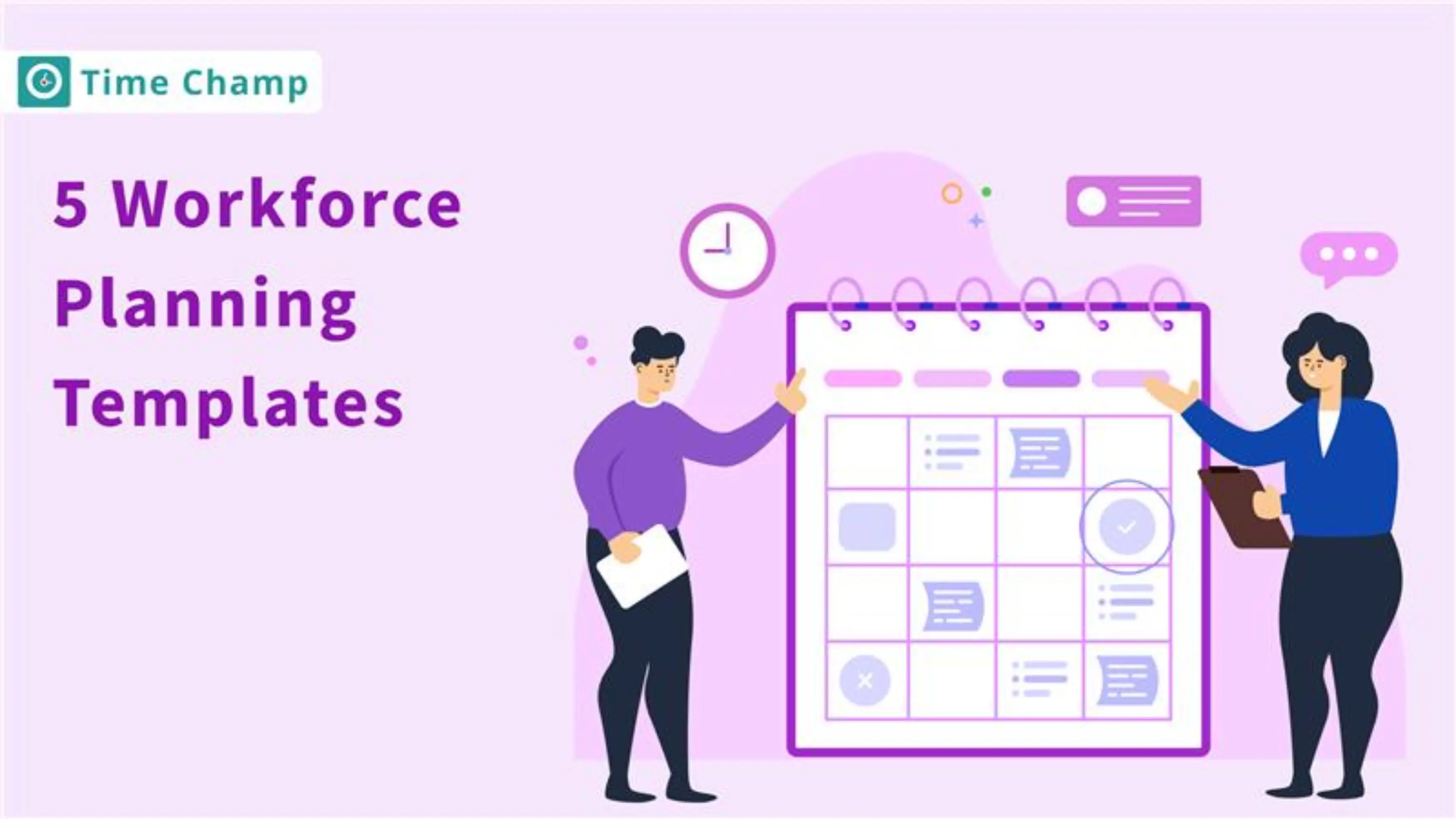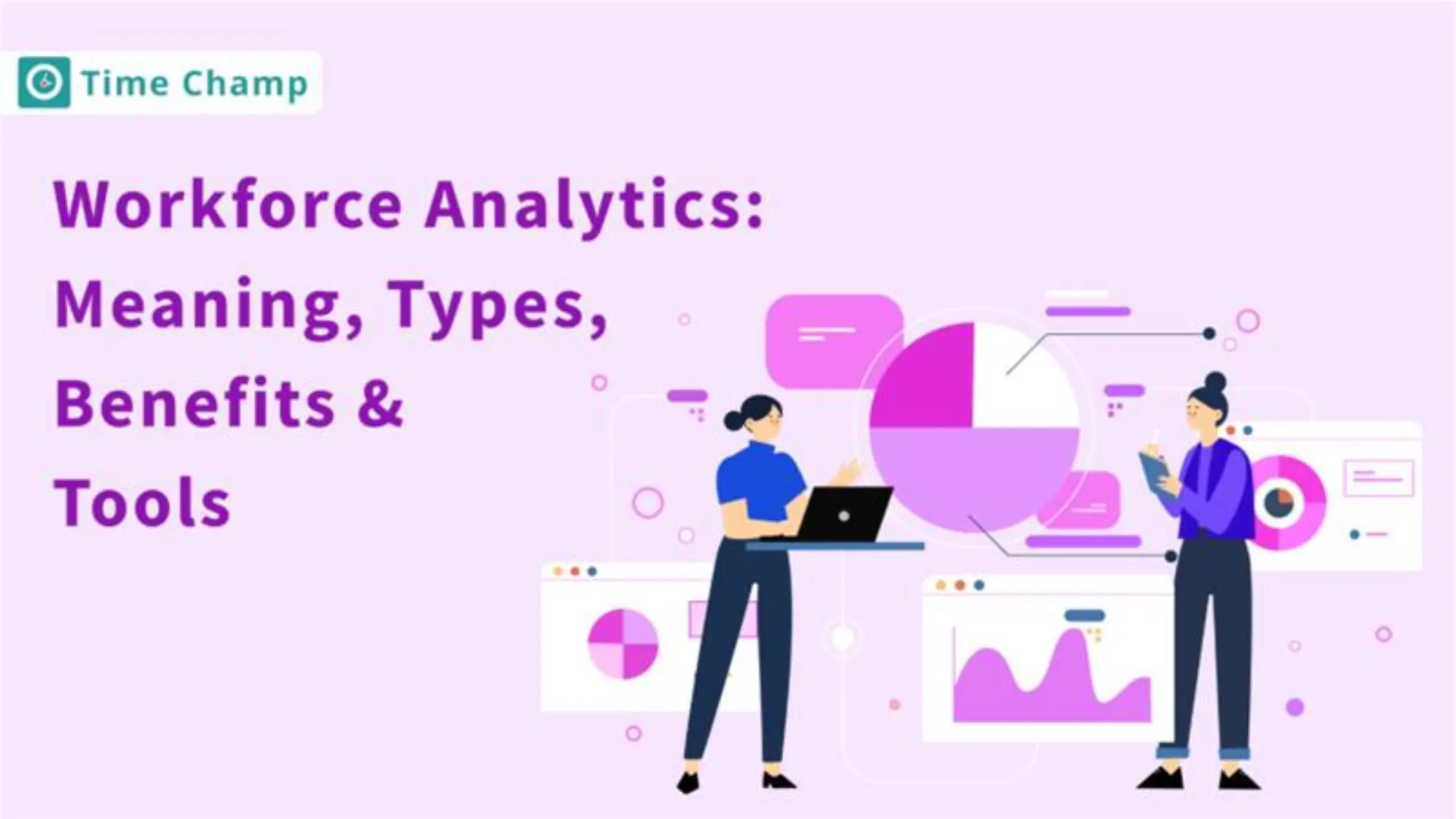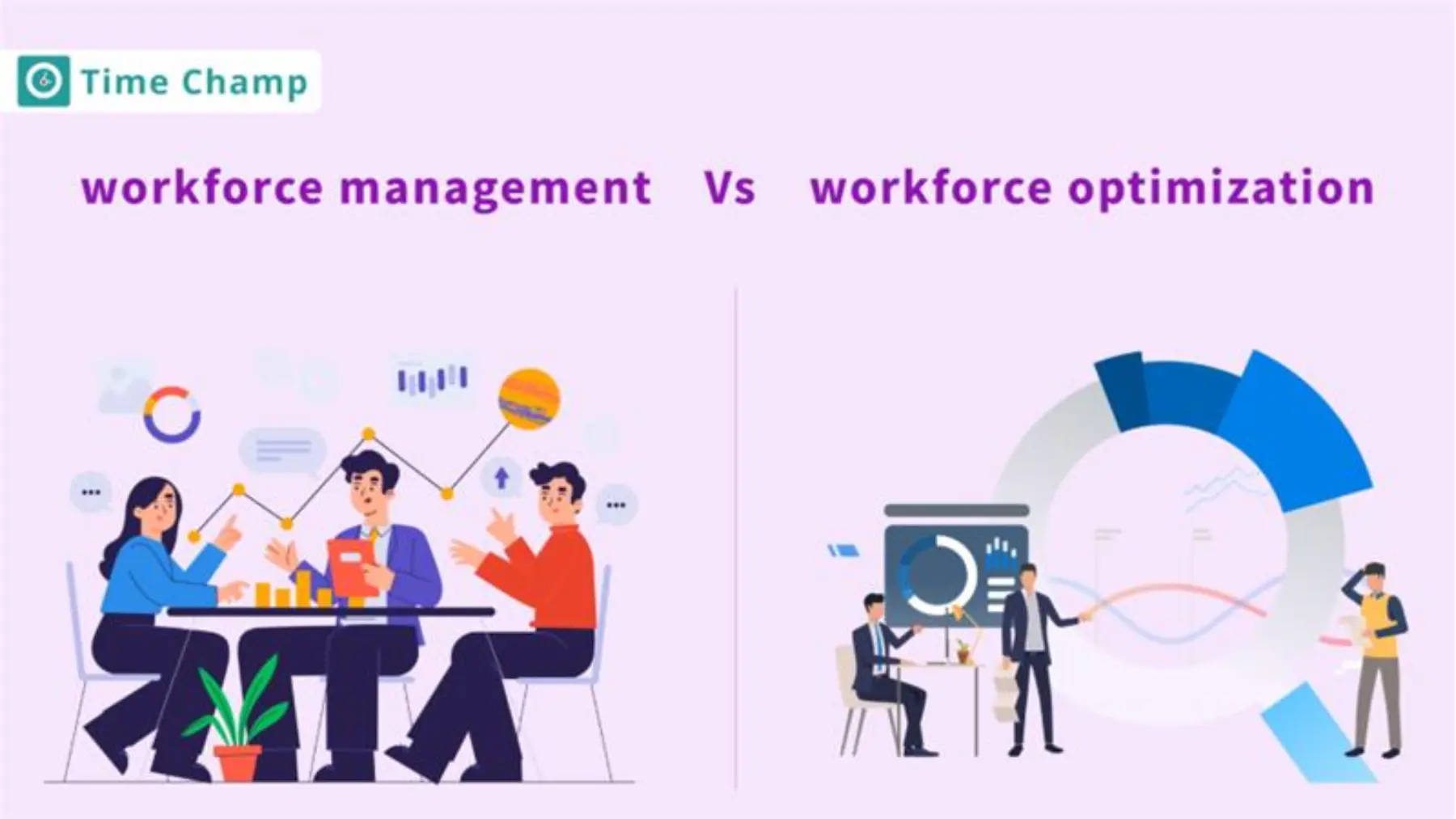Workforce challenges like unexpected turnover, skill gaps, or budget overruns can derail even the best strategies. Reactive planning puts pressure on teams and weakens performance. A workforce planning template helps shift to a proactive approach. It provides a structured way to anticipate needs, allocate resources, and build a workforce that supports both stability and growth.
In this blog, we’ll walk you through practical workforce planning templates that make forecasting, budgeting, and role transitions easier. With these tools, HR teams and managers can plan staffing with confidence and stay ready for whatever comes next.
What Is a Workforce Planning Template?
A workforce planning template is a structured framework that helps organisations align staffing needs with business goals. It makes forecasting, managing headcount and allocation of resources easier and is typically created in Excel to be easily customised and support data-driven decision-making.
A workforce plan template gives businesses a clear view of their current and future staffing needs. Mapping roles, skills and headcount to company objectives ensures that people are in the right positions at the right time. This way, talent shortages are reduced and unnecessary staffing costs are avoided.
A workforce planning template not only helps with staff alignment, but it also promotes better teamwork among HR, finance, and business leaders. This template provides a unified structure for leaders to discuss priorities, establish hiring schedules, and ensure that budgets are in line with workforce strategies. As a result, decision-making becomes more cohesive and reliable.
Why Use a Workforce Planning Template?
According to McKinsey, nearly 30% of today’s work hours could be automated, highlighting the growing importance of workforce planning. A workforce plan template provides structure, clarity, and data-driven insights to align people with business goals and make smarter staffing decisions.
1. Clear Visibility into Workforce Needs
One of the biggest advantages of using a workforce plan template is the ability to see exactly where your organisation stands in terms of staffing. It addresses the present capacity, future demands and possible shortcomings. Through such visibility, leaders are able to act at the right moment rather than responding to tough situations that have already been encountered.
2. Better Resource Allocation
The template assists in the better allocation of skills and talent across projects. Instead of overloading some teams while others are underutilised, it ensures a balanced approach. This alignment not only boosts productivity but also helps employees feel valued and engaged in meaningful work.
3. Improves Forecasting
A workforce plan template acts as a roadmap for the future. It allows the managers to plan ahead to address the growth, seasonal demand or changes in the market by estimating the number of heads needed, and the skills required. This forward-looking planning minimises the last-minute recruitment and makes the workforce more stable.
4. Cost Efficiency
Workforce planning isn’t just about people; it’s also about budgets. A well-structured template connects staffing decisions with financial goals. It helps organisations avoid the risks of overstaffing, which increases expenses, or understaffing, which hampers growth. As a result, companies can maintain balance while maximising return on investment.
5. Stronger Collaboration
A workforce planning template brings HR, finance, and management onto the same page. Instead of working in silos, these teams can share insights, align priorities, and plan together. This unified approach ensures that staffing decisions support both short-term needs and long-term strategies.
What Are 5 Examples of Workforce Planning Templates?
Workforce planning isn’t the same for every organisation, and templates make it easier to stay organised. They help HR teams turn data into action, whether it’s forecasting headcount or preparing for leadership changes. Below are the key workforce planning templates in Excel to simplify your planning process.
1. Headcount Planning Template
A headcount planning template assists in forecasting the number of staff needed at a time. It matches the employees of a company with their needs in the future so that you can identify the gaps in time and make changes to the hiring strategies to avoid trouble. This template is especially useful during expansion, restructuring, or when budgets are tight.

2. Skills & Gap Analysis Template
The skills & gap analysis template maps existing capabilities against the skills your business will need in the future. These types of analyses signal where you have a gap in expertise and where there is a need for training or recruitment. This makes it easier to build development plans and ensure teams are prepared for upcoming challenges.
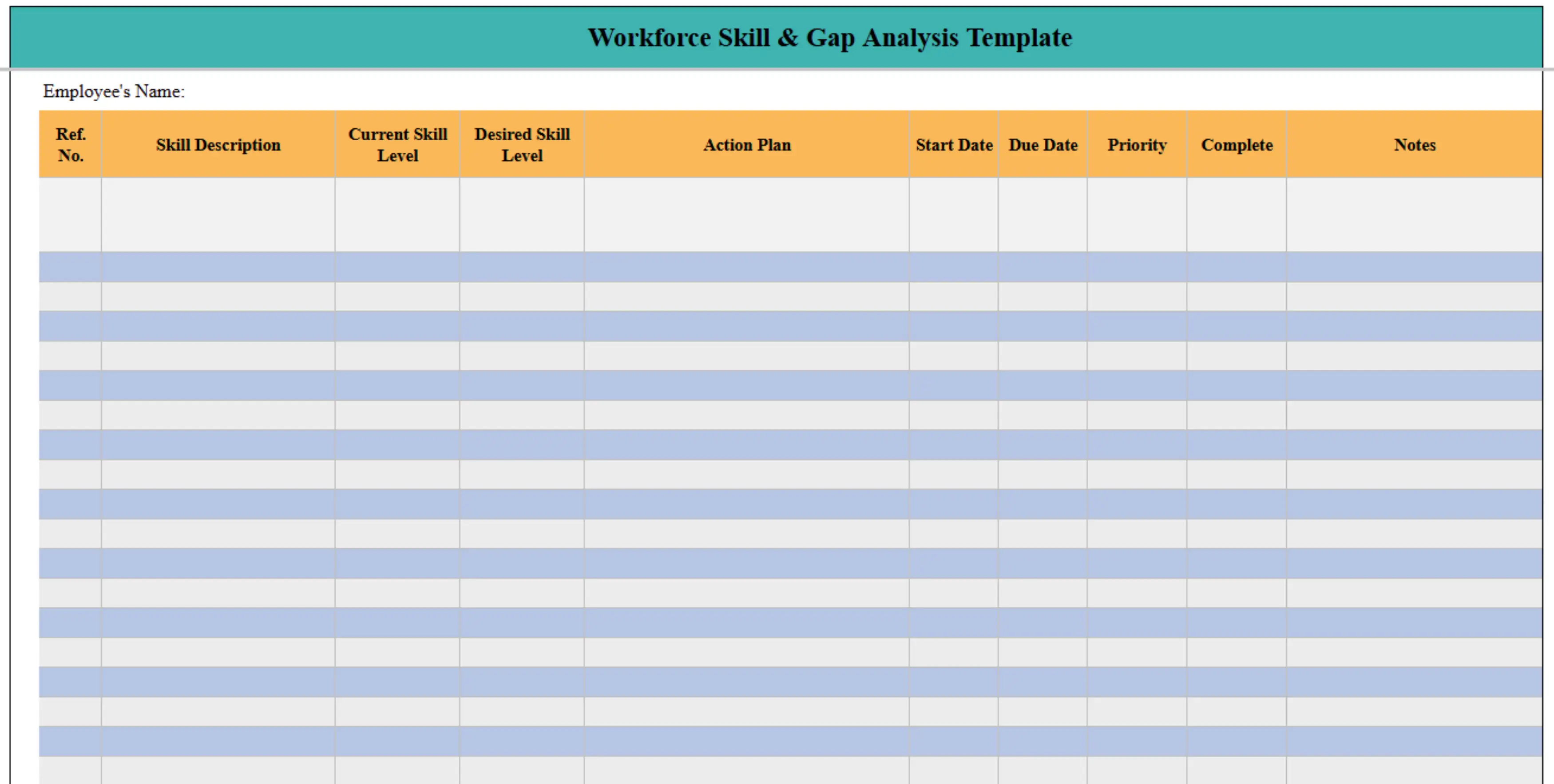
3. Succession Planning Template
A succession planning template identifies key roles and outlines potential replacements in advance. It helps safeguard business continuity by ensuring that leadership and specialised positions are never left vacant. With this template, you can track levels of readiness, development planning and easy transition in case of any changes.
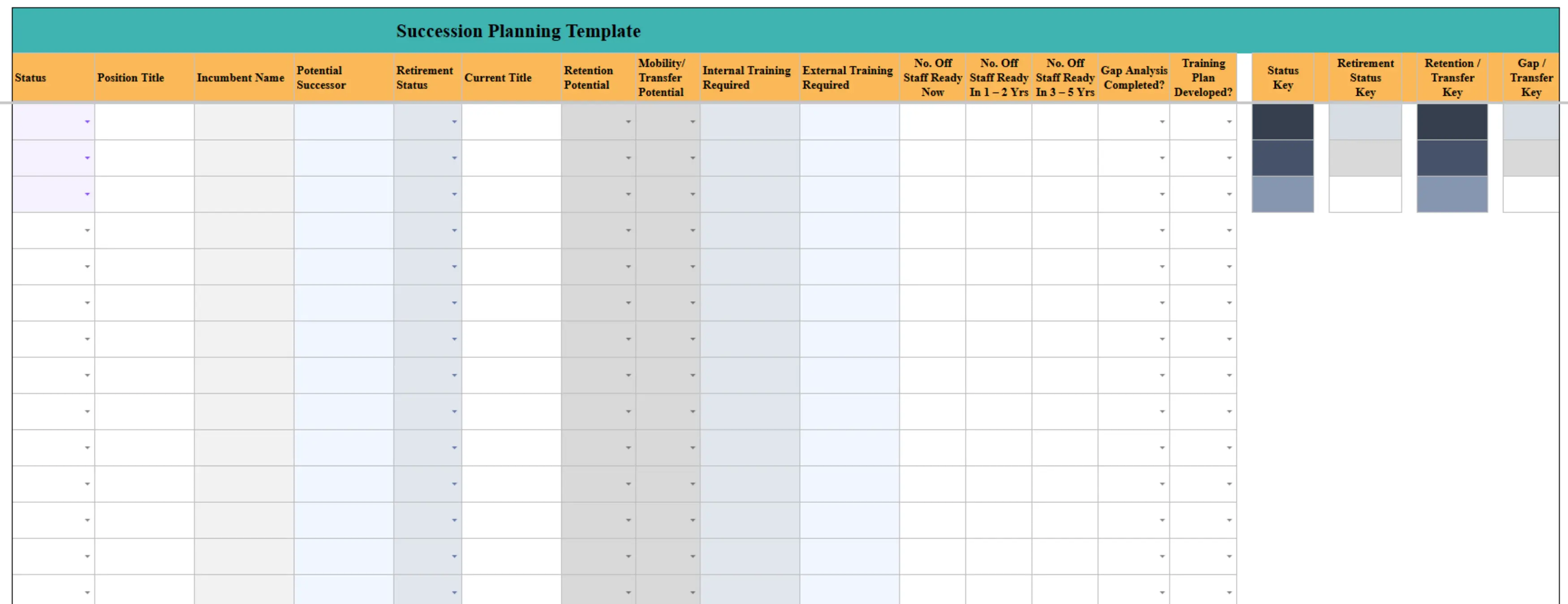
4. Strategic Workforce Planning Template
A strategic workforce planning template links staffing with long-term business goals. Instead of only focusing on numbers, it looks at workforce trends, talent pipelines, and market shifts. This template allows HR leaders to be in a position to align the talent strategy with the vision of the company and be prepared to meet future needs with ease.
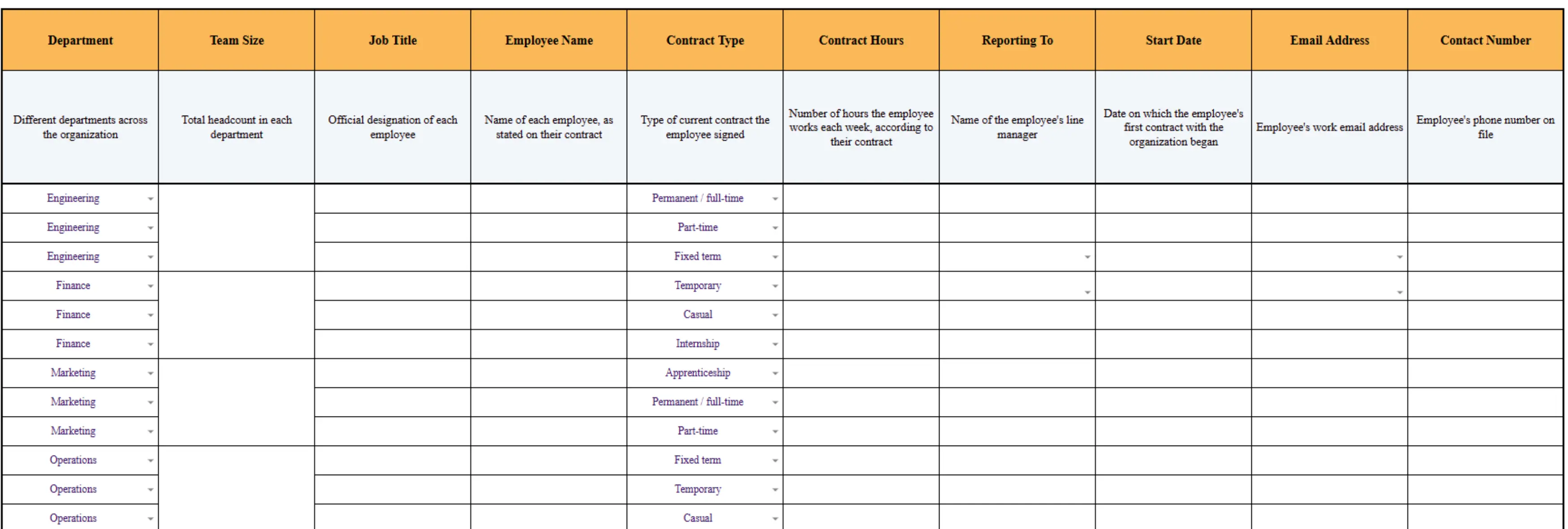
5. Capacity Planning Template
A capacity planning template is a balance of the workload requirements and available staff. It ensures that teams are neither under-utilised nor overburdened. Tracking capacity across shifts, projects, or seasons helps managers allocate resources efficiently and maintain productivity without overworking employees.
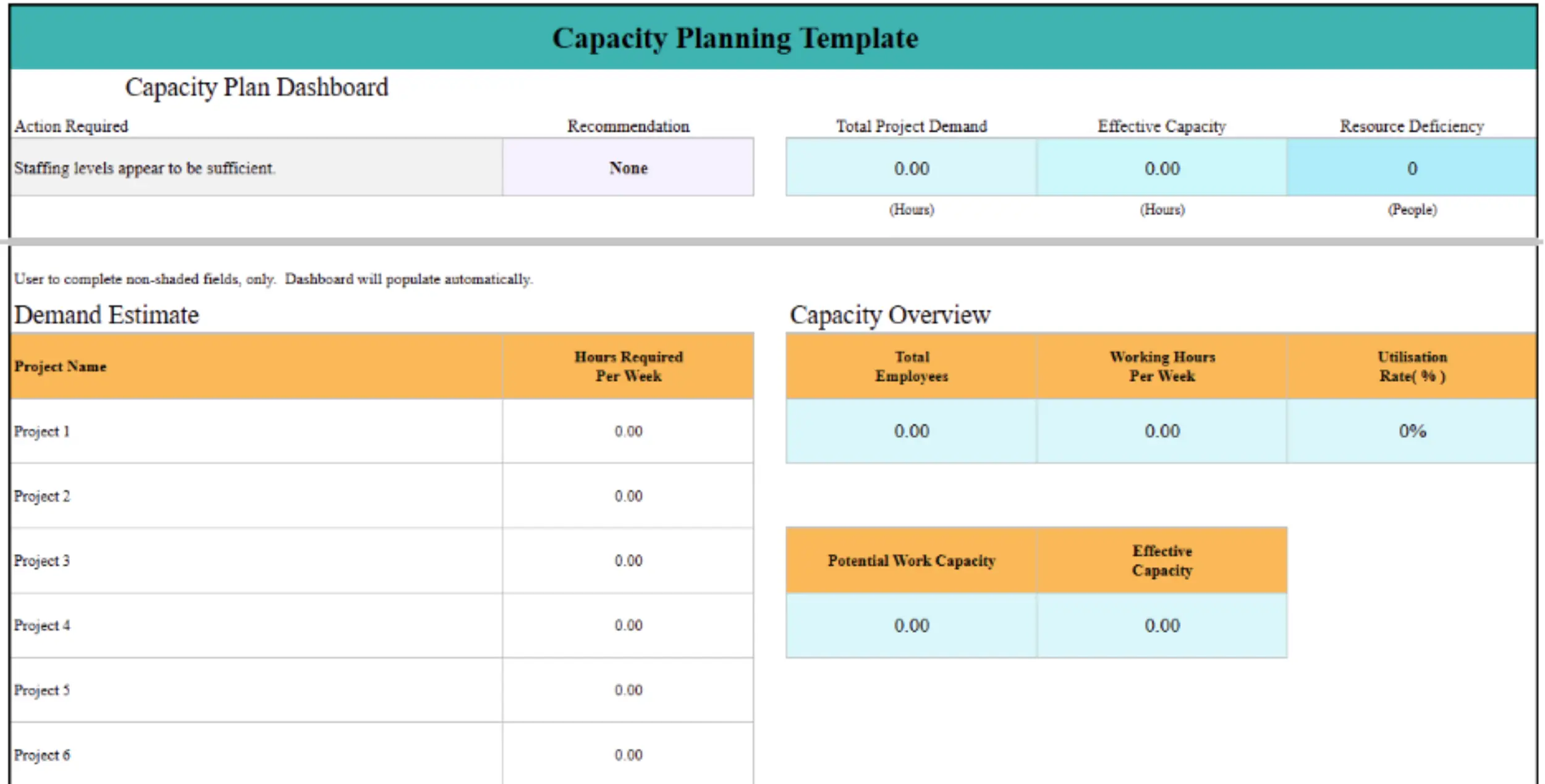
How to Customise Workforce Planning Templates?
Templates work best when they reflect your real business needs and aren’t just rigid spreadsheets. They should adapt to your goals, team structure, and changing priorities. Here are key ways to make the workforce planning model truly useful:
1. Adjust Columns to Fit Your Needs
Start with the basics: roles, headcount, and timelines, but don’t stop there. Add columns to skill, project name or overtime hours, depending on whether that is important to your business or not. The deletion of unnecessary fields makes the template clean and avoids data overload.
2. Align with Business Goals
Every template should link back to the company objectives. If the priority is cost control, include budget columns. If the focus is growth, highlight hiring needs. Ensuring that the template is goal-driven makes sure that you are measuring what matters the most.
3. Use Excel Formulas for Automation
Instead of manually calculating totals or gaps, set up formulas. Simple functions like SUM, IF, or VLOOKUP can save hours and reduce mistakes. Conditional formatting is also powerful; it instantly shows shortages, overlaps and risks are immediately displayed using colour-coded cues.
4. Add Visual Dashboards
Numbers are useful, but visuals tell the story faster. Use charts or pivot tables to show workforce trends, capacity gaps, or headcount forecasts. A quick glance at a dashboard can help managers make better decisions without digging through rows of data.
5. Keep It Flexible for Updates
The workforce needs shifts often, whether from market changes, new projects, or employee turnover. Create templates that are simple to modify and keep up to date, drop-down lists for roles, dynamic ranges for new hires, and filters for departments help keep everything organised and current.
Conclusion
Workforce planning templates turn complex staffing challenges into clear, manageable plans. Whether you’re forecasting headcount, mapping skills, or balancing capacity, these tools bring structure and visibility to decisions that shape business performance. With the right setup, they not only save time but also provide the leaders with the confidence to make rapid and responsive decisions and act effectively in a changing environment.
Frequently Asked Questions
The 5 Rs focus on building a balanced workforce: the right size to match budgets, the right shape for efficient structure, and the right skills to meet goals. They also include the right site to place talent effectively and the right spend to control costs without losing quality.
Using a workforce planning template brings structure and visibility to staffing decisions. It assists in predicting the number of persons in the future, skills deficiency, and the distribution of resources. Templates also decrease errors, save time through automation and simplify to align HR plans with business objectives.
Begin by updating existing workforce data, i.e. employee functions, numbers and skills. Then, add business forecasts or projects to see where gaps exist. Use built-in formulas to calculate variances, apply conditional formatting to highlight risks, and create charts or dashboard boards to visualise trends. It is important to keep the template updated.
Begin with a short training session to show how the template works and why it matters. State how it will minimise the amount of guesswork, enhance the accuracy of the planning process, and make their work easier. Provide a few real examples using team data and encouraging feedback so the template feels collaborative rather than imposed.

